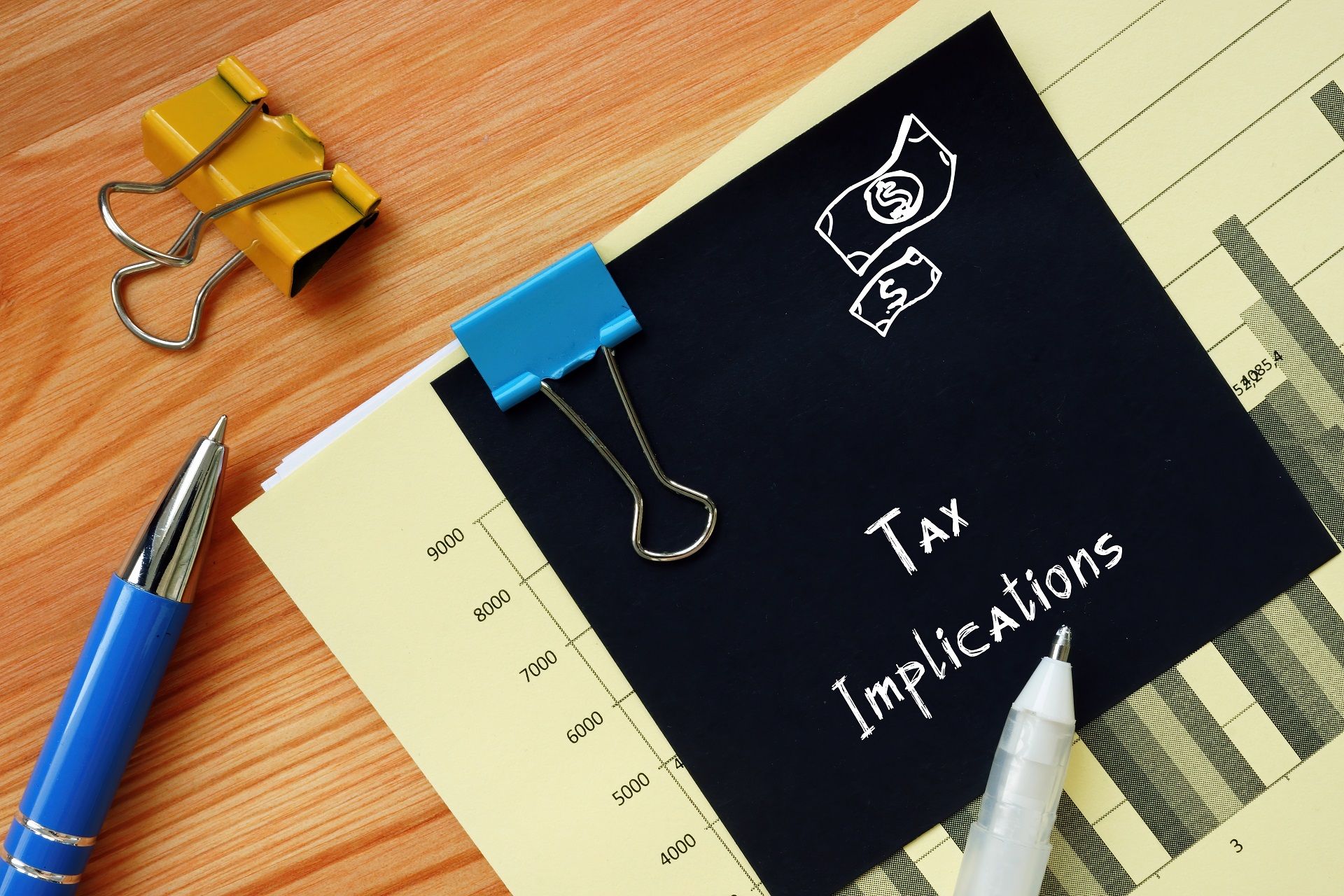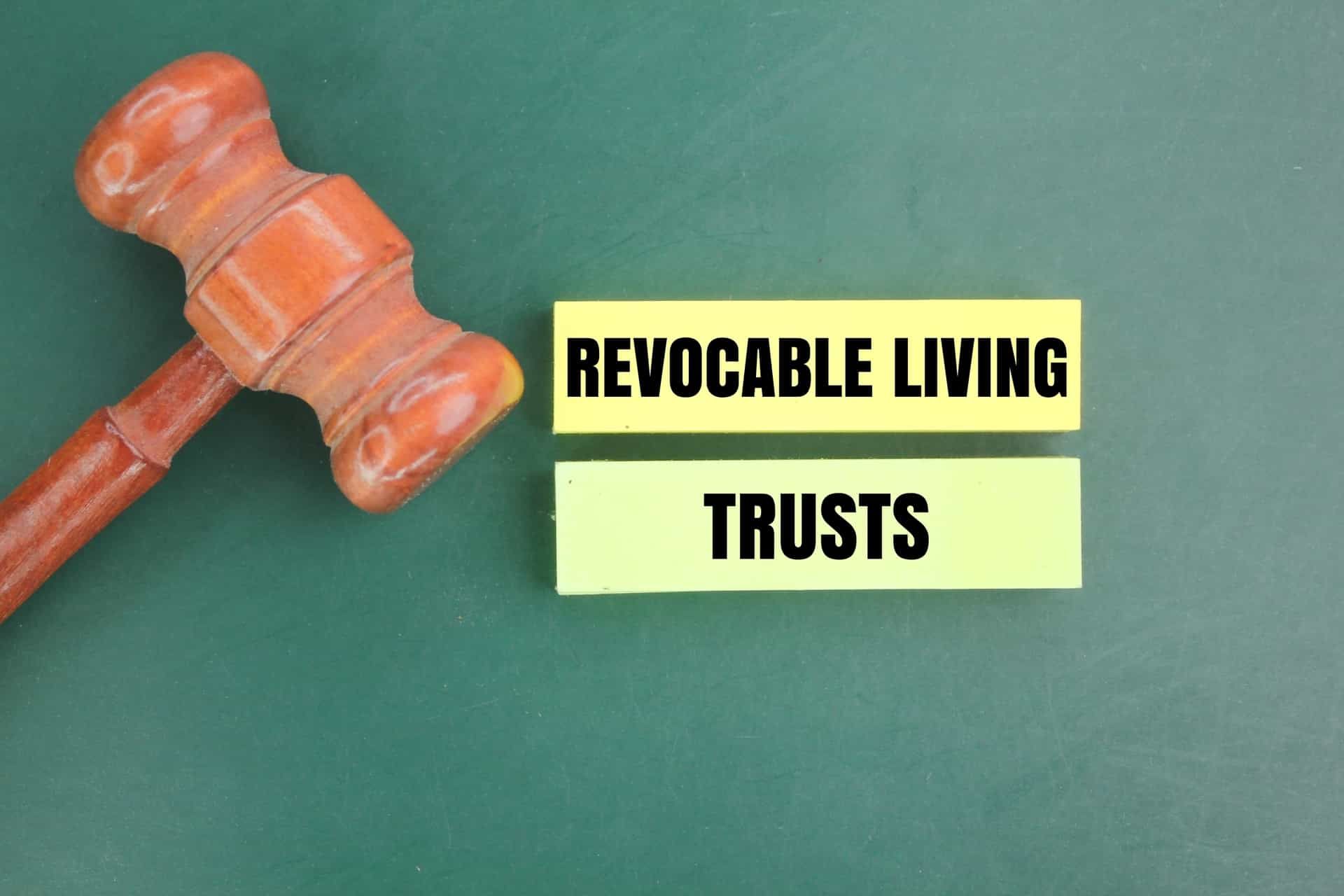Tax Implications of Converting from a C-Corporation to a S-Corporation

When converting a C-Corporation to an S-Corporation there are many issues that must be accounted for and taken into consideration prior to making the election. One particularly important area to pay attention to which has an immediate and direct impact on the resulting S-Corporation’s financial status is the tax consequences directly resulting from the conversion to an S-Corporation from a C-Corporation.
Although S-Corporations can provide significant tax advantages over C-Corporations if the corporation can qualify as a S-Corporation and under the right circumstances, there are a number of potentially costly tax issues that must be addressed. One of the primary tax implications of converting from a C-Corporation to a S-Corporation is the Built-In Gains Tax.
Built-In Gains Tax
This Built-In Gains (“BIG”) tax is taxed at a rate of 35% on the appreciated property, but is only realized if the BIG property is sold within 10 years (starting from the first day of the first tax year of conversion to S-Corp status.) The American Recovery and Reinvestment Act of 2009 reduced that 10-year recognition period to 7 years and The Small Business Jobs Act of 2010 further reduced the recognition period to 5 years. ** UPDATE ** The Protecting Americans From Tax Hikes Act of 2015 permanently extended the BIG tax recognition period to 5 years. ** UPDATE **
For example, if an S-Corporation that was formerly a C-Corporation sells an appreciated asset (such as real estate) and the appreciation occurred during the time the corporation was a C-Corporation, the S-Corporation will probably pay C-Corporation taxes on the appreciation even though the corporation is now an S-Corporation.
BIG Tax requires the corporation to measure the amount of unrecognized appreciation that existed at the time an S conversion is made. If a prior C-Corporation makes an S election, the company needs to measure the fair market value at the effective date of the S election as compared to the tax basis. The amount of unrecognized gain is determined for each separate asset. The net of unrecognized built-in gains and built-in losses is the company’s unrecognized built-in gain.
The most common asset that creates built-in gains is goodwill. If the electing corporation is a cash basis S-Corporation then the accounts receivable at the effective date of the S election is an unrecognized built-in gain. As the receivables are paid after the effective date of the S election, the revenue from the payment of the receivables is treated as a recognized built-in gain. The S-Corporation pays BIG Tax at the highest corporate rate (currently 35%) based upon the recognized built-in gain. The amount of the BIG Tax is a deduction for the shareholders and reduces each income item reported on Schedule K-1 by its pro-rata amount.
BIG Tax
The BIG Tax is not applicable following the 5th taxable year after the S election. Accordingly, you can avoid the BIG Tax if the unrecognized built in gains are not recognized until after the 5th year as an S-Corporation. The most commonly used planning technique if a built in gain is recognized prior to the 5th year is to have the corporation create a net loss for the year. The rule is that BIG Tax is calculated on the lesser of the amount of the recognized BIG or the corporation’s taxable income if the S-Corporation was a C-Corporation. This can become very onerous if you need to keep the S-Corporation in a loss position for every year over the next five years. If the company recognizes built in gains but does not have taxable income until following the 5th year then the company avoids the BIG Tax.
Additionally, S-Corporations that were formerly C-Corporations are subject to a special tax if their passive investment income (such as dividends, interest, rents, royalties, and stock sale gains) exceeds 25% of their gross receipts and the S-Corporation has accumulated earnings and profits carried over from its C-Corporation years. This tax can be avoided by distributing the earnings and profits and not accumulating them, which will result in taxable income to the shareholders. If that tax is owed for three consecutive years, the corporation’s S election will be terminated.
If the C-Corporation has unused net operating losses, the losses cannot be used to offset its income as an S-Corporation and cannot be passed through to shareholders. If the losses cannot be carried back to an earlier C-Corporation year then those losses will be forfeited upon the conversion. However, if the S-Corporation coverts back to a C-Corporation in the future then the losses can be reinstated and used by the C-Corporation.
S-Corporations that were previously C-Corporations may also pay income taxes on untaxed profits that were generated when the corporation operated as a C-Corporation. This is very common with uncollected accounts receivable or appreciated real estate.
Finally, C-Corporations that use LIFO inventories have to pay tax on the benefits they derived by using LIFO if they convert to S-Corporations. The tax can be spread over four years in equal installments.
Conclusion
Making the decision to convert from a C-Corporation to an S-Corporation is a multifaceted decision and should be carefully analyzed prior to making the election. It is especially important that the taxation consequences of said conversion are weighed against the benefits of becoming an S-Corporation to determine when would be the most advantageous or the least detrimental time to make the election if it that is something your company intends to do.
Please contact Nicholas P. Hoeft at Jostock & Jostock, P.A. with any questions.
Disclaimer: The information on this website and blog is for general informational purposes only and is not professional advice. We make no guarantees of accuracy or completeness. We disclaim all liability for errors, omissions, or reliance on this content. Always consult a qualified professional for specific guidance.






